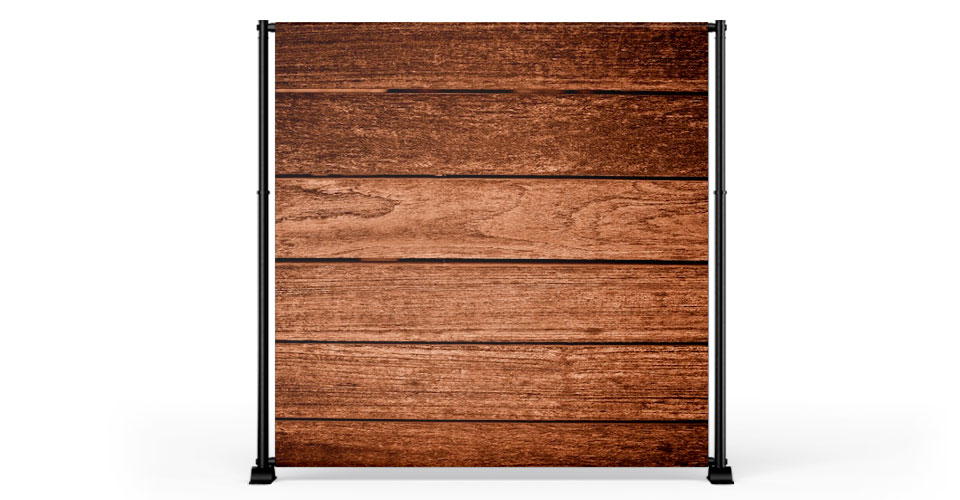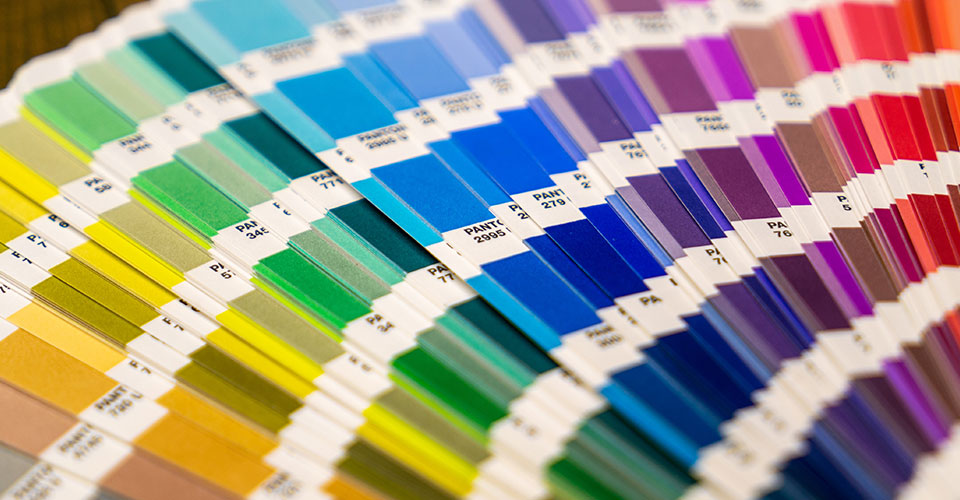HINDSIGHT: Why You Should Always Plan Your Backdrop Order A Week Ahead of Time (short answer: things can go wrong)
If you’re reading this blog then there is a greater than zero chance that you are new to photo backdrops. There’s a lot to learn, including the printing, proofing and color matching processes — all of which we will cover right here.

In this blog we’re going to go over why it’s crucial to order your photo backdrop at least a week ahead of time in order to avoid the inevitable last-minute issues. For additional information, we also suggest you check out the previous blogs in our backdrop series or simply reach out to the Signs NYC team using the contact information provided on this website.
Printing Process
The most popular material for photo backdrops is vinyl, which is why the vinyl printing process will be the focus of this article. Vinyl printing pairs the digital design abilities of a computer program with a printer and mechanical cutter to recreate your artwork on colored vinyl film.
The process commences with an idea and specialized design software that is engineered to be compatible or “speak the same language” as the printer and/or cutter. In order to send the proper instructions, the image must be contained on a vector file, as opposed to a raster image file. If these terms are brand new to you, please follow the above link before reading ahead.
Do you really expect me to read all that?
The TLDR for vector vs raster files is that a raster image is made up of pixels, printed as dots in order to create a graphic. Vector files, meanwhile, are constructed of a mathematical equation that describes the scale of lines, curves and fixed points. The difference is that a vector file can be enlarged without losing image quality or “pixelating” like a raster image file.
Proofing Process (soft proofing)
Once the design process is complete, and before printing is done, your print shop will most likely begin what’s known as the “soft proofing” process. This will help to avoid any issues before printing actually begins. In the past printers used what is known as “hard proofing” which required the process to go back several steps if the client required changes. With soft proofing, issue scan be addressed and changes can be made before ink meets paper. Easy peasy.
The reason we suggest submitting your artwork and/or specs a week ahead of time is in order to thoroughly vet your artwork, which may take several days to complete.
Color Matching
One of the reasons the printing process — from the design and proofing stages up to the actual production and installation — can take more time is the time it takes to properly match CMYK and Pantone colors. When creating a photo backdrop, color matching from CMYK to Pantone is almost always considered an essential, often time-consuming step.
CMYK is the most common way to print color. It is the “go-to” printing model for most home office inkjet printers. It’s an acronym of r abbreviation for the four colors that are used: Cyan, Magenta, Yellow, and Black. The “K” in CMYK actually stands for “key tone” or “key color” which normally refers to the black components of an image.
By overlaying these four “primary” colors together using unique combinations of dots or pixels, a printer is able to produce a range of different colors and shades. Just as any beginner art student knows that yellow and blue make green, these colors are utilized by expert printers in different percentages. In fact, CMYK is considered an ideal choice for realistic looking colors on product packaging. “Manual” CMYK blending can be thought of as an art.
Pantone, on the other hand, is a strict science that depends on precision. Pantone is considered the international standard for reproducing consistent colors by matching from a wide range of sources.
PMS Color Matching System

The Pantone Color Matching System includes over 1,000 different colors. Each one of these shades or hues have a corresponding sample color, identified by a number. By creating a standardized collection, manufacturers on different sides of the globe can ensure their colors match — even if they can’t be compared in person. By pulling off a more precise match, this results in more consistent matches across two or more platforms.
Pantone is also known for particularly vibrant shades of color.
CMYK vs Pantone

By the time Pantone was successfully used to reproduce CMYK colors, it created a replicable way to print. The main difference between the two can be described as accuracy, with Pantone possessing greater, more accurately produced matches. The Pantone system delivers what manufacturers have always wanted: an objective, replicable match.
On the other hand, as we touched on before, while Pantone is known for more brilliant colors, it is more expensive than CMYK. This is due to the necessary precision that can only be produced as the result of a one-step printing process. Pantone utilizes a “spot color” method. This means each individual color is actually printed separately!
You can see that for a greater quantity of colors, CMYK makes more sense, while more simple color designs call for the precise color matching of Pantone. Since most backdrops tend to be simple in their design, most jobs will call for Pantone.
As you can see, all these steps take time, In order to avoid issues with your order, speak to your printer early and often about your job. We recommend at least a week of lag time for a smooth, hassle-free experience. For an effective photo backdrop banner, make sure to order early and often.
Local Knowledge, Local Printing
In order to control quality every step of the way, it’s important to go with an experienced local print shop that has experience with similar types of businesses, preferably within your specific industry or sector. They will understand exactly what the complexity of your design is, how to match colors, as well as troubleshoot any potential problems before they materialize.
Signs NY is one of the NYC area’s premier all-in-one printers. That means we execute the design, printing, delivery and installation of commercial graphics that bring the perfect balance of expertise, equipment/tools and a fully staffed in-house operation, including a brick and mortar location in order to see your “hard proof” in person.
Signs NYC has served businesses big and small in New York, New Jersey and beyond for over three decades. This means we can offer you examples of what works and what doesn’t. As a popular children’s cartoon used to say, “knowing is half the battle. Put the Signs NY to work for you.
Conclusion
In this blog we’ve covered the printing, proofing and color matching processes. We recommend using a local printer and placing your order at least a week ahead of time. If this article has piqued your curiosity to learn more, see the contact info below.
To learn more about printing impressive and effective backdrops for your next photo shoot, refer to the other articles in our photo backdrop series or contact Signs NYC by emailing sales(at)signsny.com — or by simply requesting a free quote anytime.